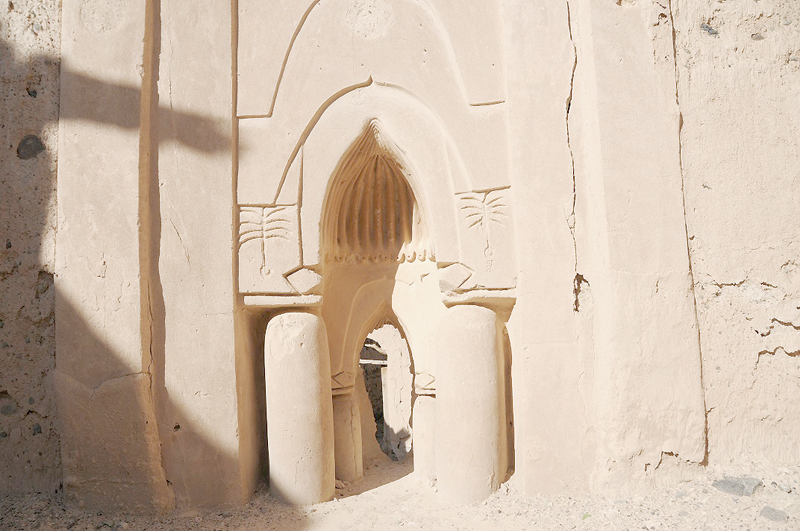

Broken roofs, mud walls and rickety doors greet visitors at Sinaw, 175 from Muscat, reminding us of the suggestion His Highness Sayyid Fahd bin Mahmood al Said, Deputy Prime Minister for the Council of Ministers, made to citizens about ancient houses. Speaking at a conference on tourism and culture, HH Sayyid Fahd had said a few days ago: “If you have ancient houses, pay attention to them so they can be used as tourist attractions.” He urged them to coordinate with the Ministry of Tourism to get them renovated as “ancient houses are part and parcel of our history and cultural heritage”.










‘Attention’, that’s what is required in Sinaw, where hundreds of old houses with massive columns and decorated doors lie in ruins.
Sinaw has 29 small villages, most of which have old districts (Harat). These tiny districts have become ancient monuments in Almagdar, Almahalla, Alqala’a, Alsouk and Alhandaly.
Locals have long abandoned these districts (Harat), while authorities have built a new souq in the area. These sites are now used by illegal workers.
The old houses, castles and high towers, due to the vagaries of nature, remain in a bad shape. The roofs of most of the houses and mosques have collapsed, while the decorated doors and windows are broken.
The plastering on the walls and once-beautiful arches have peeled off, revealing the stones and clay used in the construction. During a visit, the Observer found a lot of rubbish and different types of waste, including plastic bags and bottles, dumped around the old buildings and their narrow corridors.
A nearby resident said it is a shame to see this happen especially when tourism from other countries come to visit the area. “They (Harat) represent an essential part of our heritage and cultural,” he added.
Locals are waiting for the authorities to restore these sites and preserve them for the future generation. “These areas should be classified as national tourist spots,” they suggested.
Many quarters (Harat in Arabic), built in the beginning of 20th century, comprise mosques, traditional souqs, Quran schools and old castles.
The old traditional souq can be accessed from four sides (gates). In the past, it used to be open for the public only in the evening (after Alasar prayers). It was said to be the best place to trade local livestock, agricultural products, and silver and gold antiques.
These districts were built to adapt to the local weather, while rooms and family halls had proper ventilation that allowed air and light.
All the districts (Harat) are surrounded by oasis. Like the other old towns around the Sultanate, locals used Aflaj systems to irrigate farmlands, which are now dry.
TEXT AND PICTURES BY YAHYA AL SALMANI
Oman Observer is now on the WhatsApp channel. Click here



